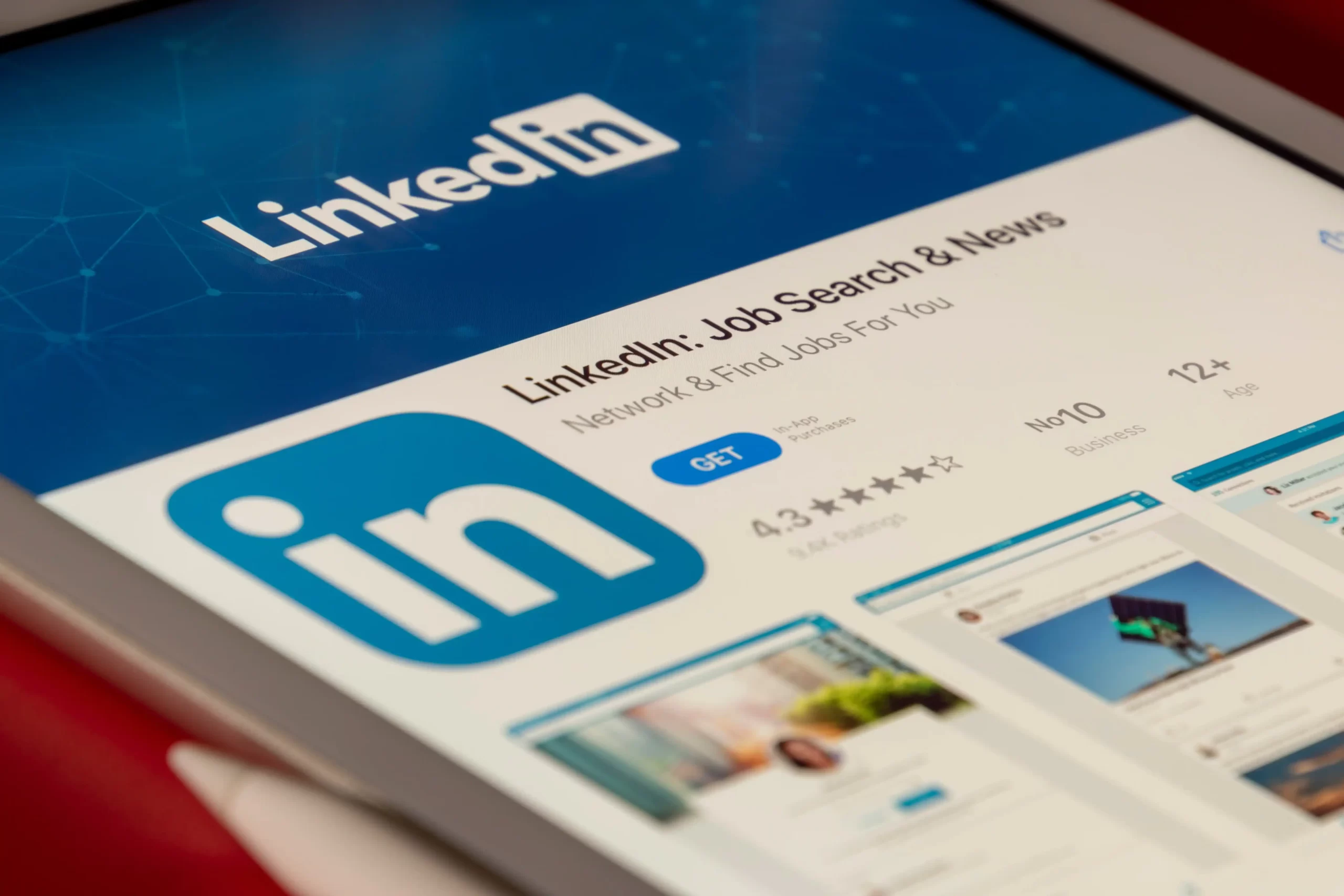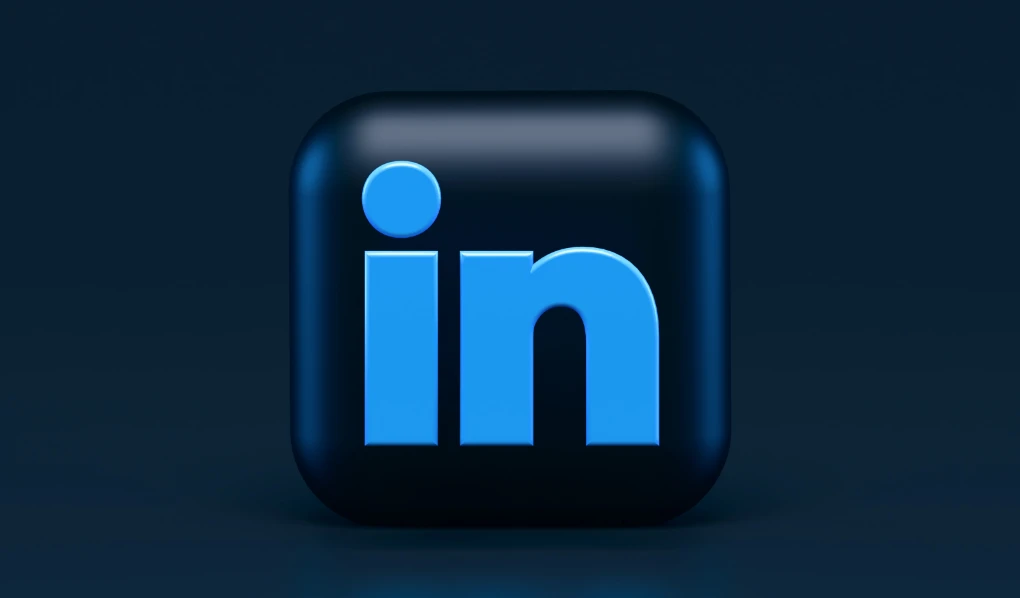Tips for writing your own LinkedIn content
LinkedIn is fast becoming the number one online platform to search and apply for jobs and to be seen by potential employers. The professional networking site now hosts more than 500 million users globally, with two new members signing up every second. This makes LinkedIn an essential professional network.
In fact, when we spoke with Talent Acquisition Specialist Lisa Hammond, she told us that LinkedIn is the number one marketing tool when it comes to building your career.
So, once you’ve set up your profile, started making connections and received a few endorsements, what’s next?
One of the best ways to get more out of LinkedIn is to start publishing your own longer-form content. This helps you build your personal brand and increase your visibility among key contacts in your network.

Effective LinkedIn tips for getting started
Stand out and be different
Too many people use generic terms such as ‘Recent Graduate’ or ‘Job Seeker’ as their LinkedIn profile heading. This is the first thing people read on your profile, so be specific and stand out from the crowd with stronger keywords such as ‘Recent Swinburne graduate with extensive IT experience.’
Write an interesting summary
Your summary should present you professionally and show a bit of character too. Write in first person and highlight your skills and experience, including internships and volunteer work. You should also include keywords or phrases that a recruiter might use. The best place to find relevant key words is to pull from job listings that appeal to you and are aligned to the industry you want to pursue a career in.
Display a suitable photo
Remember that LinkedIn is not your Facebook or Instagram. The photo you use on LinkedIn should be a professional headshot of you alone. This doesn’t mean you have to dress in a suit, but you should leave the party photos and glamour shots to your social profiles.
Connect with friends and family
This may seem pretty obvious, but connecting with family and friends will instantly enhance your LinkedIn presence and reputation. The best networks begin with the people you know and trust, and then grow based on personal referrals, so start connecting!
Customise your connection requests
This tip is often overlooked, but it’s incredibly important. When requesting to connect with someone, always customise your request with a friendly or personal note. There’s no point in using the generic ‘I’d like to add you to my professional network on LinkedIn’ as it lacks personality and a reason for why the person would want to connect with you.
Join groups
An easy way to build your network is to join groups, especially your university Alumni or Careers LinkedIn group. From this, you can search industry and professional association groups related to the career or industry you want to pursue.
Don’t be a stranger
To maintain your profile and keep improving your presence on LinkedIn, make sure to visit the site daily and reach out to connections, as well as comment on group discussions, share articles and keep up with other people’s updates.
Know your end goal
In this article from The Muse, Lily Herman points out the importance of having a clear purpose around why you are posting your own content on LinkedIn.
Do you want to be seen as an expert on a professional topic that you’re passionate about? Or perhaps you want to share professional updates, so people get an insight into your career and what you’re learning along the way.
Be personal, yet professional
With more than 100,000 posts published every week on LinkedIn, it’s important to stand out. A fantastic way to do this is to speak about your personal experience – while of course keeping things professional. Don’t be afraid to open up about failings or challenges. Talking about things that didn’t go to plan and what it taught you gives your writing credibility and can highlight your self-awareness, resilience and creativity!
Edit, and then edit again
When you write your content make sure you use subheadings or bullet points to break up stretches of copy and keep your sentences short and sharp so they are easy to read.
Poor grammar, spelling mistakes, or clumsy sentences can impact your reputation and be a turn-off to someone considering hiring you in the future.
Before you hit publish, ask someone you trust to look over your work. If you want to edit it yourself, try to have some time away from your post before you review it. Even coming back to it the next day with fresh eyes can help highlight any changes you need to make.
Using LinkedIn to return to work

If you’ve taken time off work, it can be difficult to know where to begin when it’s time for you to re-enter the workforce.
Talent acquisition specialist, Lisa Hammond, gave us her expert advice on creating a killer LinkedIn profile.
‘Do your research into the industry you are interested in entering or re-entering and find out what is current. You want to use some of the keywords of your industry, as often the people hiring you will do word searches to pick up keywords on your profile or in your resume.’
Talent acquisition firms like The Next Step, where Hammond works, can help people looking to return to work sell themselves and their previous experience to employers, as well as any other general job application advice.
She is of the firm belief that the first step for someone returning to the workforce is having a professional and updated LinkedIn profile.
‘Your LinkedIn profile and ability to effectively network are absolutely critical in securing a role back in the market.’
‘A lot of jobs are actually secured through your networks – not simply through applying for jobs,’ explains Hammond.
LinkedIn is just the start when it comes to your online profile. Keep an eye on our blog for more tips and trick about social media and attracting future employers.



